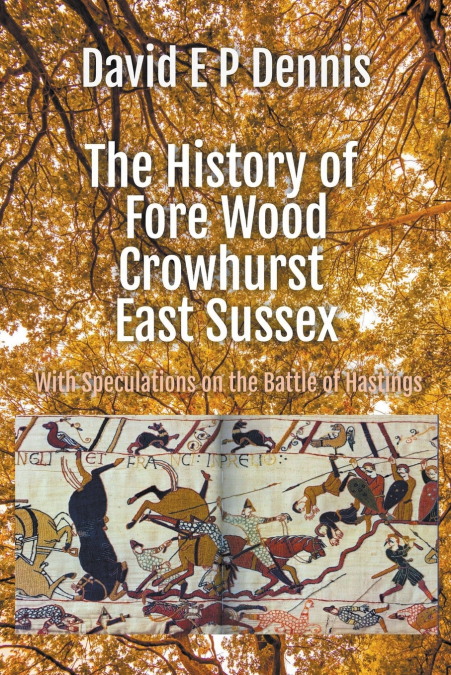
David EP Dennis
Fore Wood is a jewel in the treasury of English woodlands.This wonderful example of a Western Oak Wood in the east of England has a long history as part of the giant forest of Anderida covering southern England, first with birch after the last ice age and then with mighty oaks. Its underlying geology is not chalk, but ironstone, a type of sandstone. Because the oaks and hornbeams offer homes to so many different kinds of wildlife, and because the woodland understorey is carefully managed, Fore Wood has become a place where Silver-washed Fritillary and White Admiral butterflies can be seen flying and feeding together in high summer. The range of wildlife is considerable, from dormice to deer, and includes Golden-ringed dragonflies, Kingfishers, Woodcocks, Tawny Owls, Redwings, the Nuthatch and Treecreeper, and even Stoats.The land on which Fore Wood stands and the fascinating landscape surrounding it is rich in historical associations. Ownership has widened over the course of time, from Stone Age tribes to Iron Age settlements, then the Romans, and on to Anglo-Saxon woodsmen and their families. In 1066, the King of England, Harold Godwinsson, who owned the wood, was tragically cut down by the Normans, along with his brothers, Gyrth and Leofwine. Fore Wood is within easy riding distance of the assumed site of the Battle of Hastings and this book discusses aspects of the Norman invasion with possible links to the wood and the notorious Malfosse Ditch incident. Inevitably from 31st December 1066, Fore Wood’s masters became a series of Norman lords. Medieval ownership followed, then Rother District and Crowhurst Parish Councils of today took up the reins. The Final phase of ownership has been by the excellent nature conservation organisation, the Royal Society for the Protection of Birds (RSPB).In each of these ownership phases, the trees and wildlife have continued to be special and the link to the caring people of Crowhurst, East Sussex is still strong. The combination of RSPB ownership and wildlife environment, together with the ironstone and ghyll ravines of the Wood, has made this place a real wonder of peace and fascination, and in autumn, a cathedral of light a colour. I hope you enjoy reading about it. May you visit it one day.